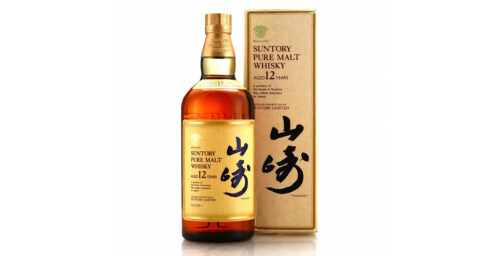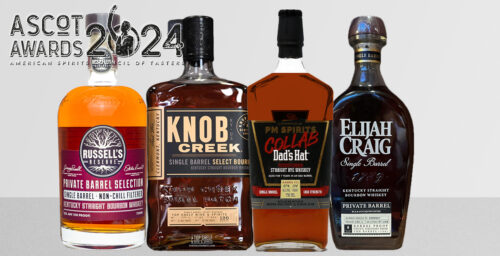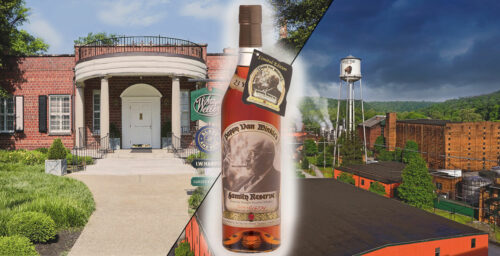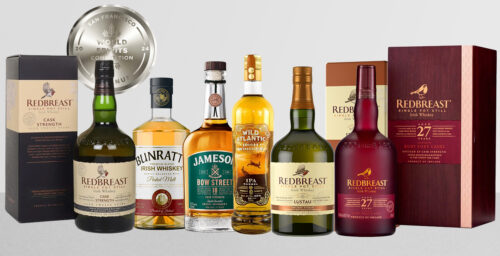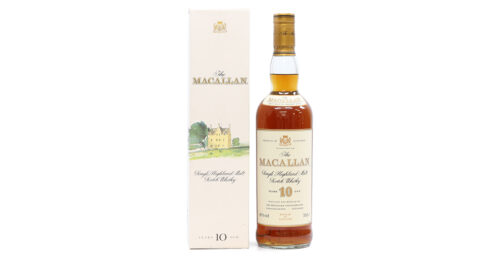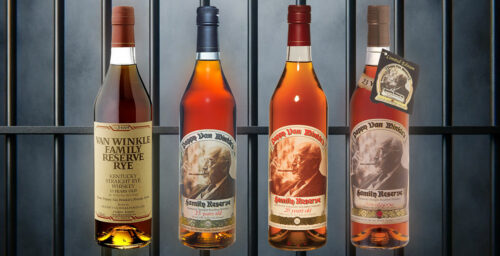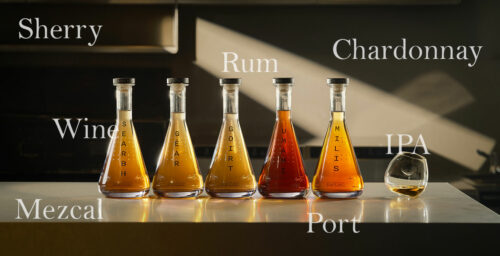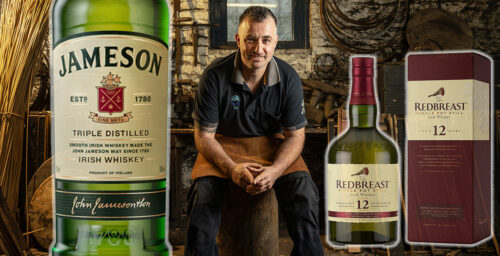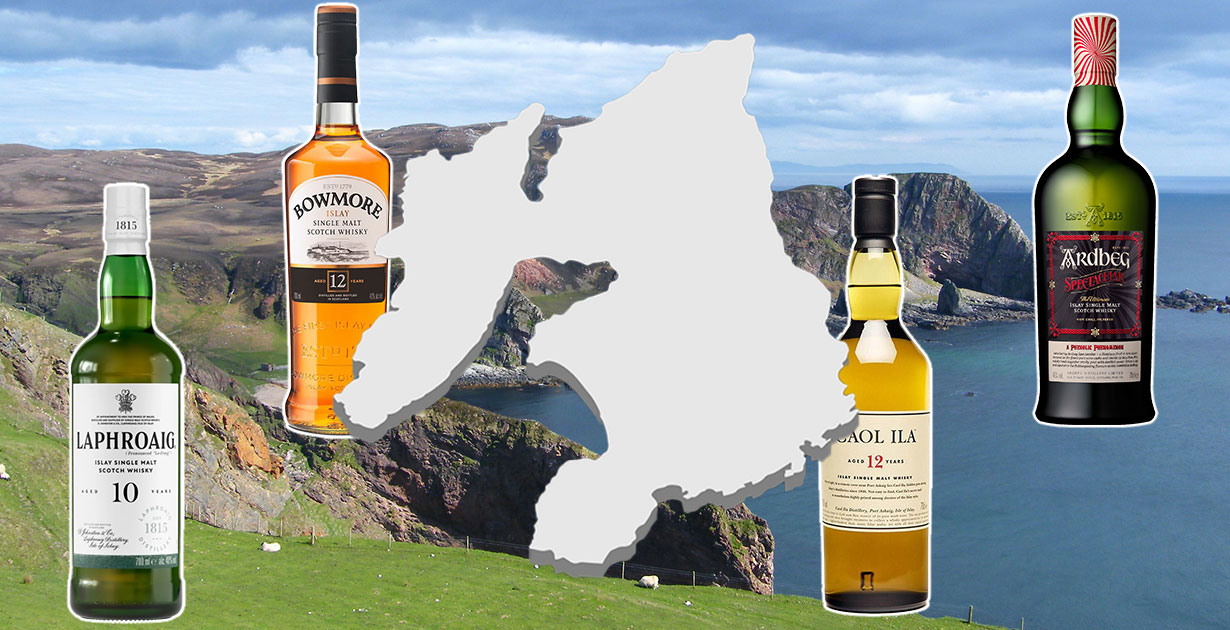
Islay is synonymous with scotch whisky. Despite there being only 10 distilleries on the island, Islay has a long whisky-distilling history, and a population devoted to preserving their culture. The island also has pre-historic ties and is the setting of much Scottish folklore.
There are plenty of reasons to visit this island gem. So, before you go, here are some interesting facts about Islay, the Queen of the Hebrides.
Interested in learning more about the whisky distillers on the island? Check out the Ultimate Guide To Islay Distilleries here.
1. There are 10 distilleries on Islay, with more on the way
Currently, there are 10 active distilleries on Islay: Ardbeg, Lagavulin, Laphroaig, Bunnahabhain, Bowmore, Bruichladdich, Ardnahoe, Caol Ila, Kilchoman, and Port Ellen.
However, there are plans for multiple new distilleries to be built on the island in the coming years. One such plan is for the Portintruan Distillery, owned by Sukhinder Singh. This new distillery will be built between Port Ellen and Laphroaig and is expected to open sometime in 2024.
Speaking of Port Ellen, the distillery finally reopened in March 2024, following a multi-million-pound investment from Diageo, which also saw Brora Distillery resurrected.
Chivas Brothers is also putting one foot on Islay, after announcing plans to build a new distillery on the island in October 2023. The distillery does not yet have a name, but the planned location is just west of Bowmore, on the shores of Loch Indaal.
2. It is not definitively known where the name ‘Islay’ came from
Islay is pronounced ‘eye-la’, and there are a few different schools of thought surrounding how the island got its name.
The first written reference to the island dates to 720AD, in a text by the saint Adomnán, where the island is referred to as ‘Ilea’. In the following years, it was referred to as ‘Ila’, ‘Yla’, and ‘Ilay’.
However, there are some more mythical explanations as to how the island got its name. One such story is that of a giant Danish princess called Iula or Yula, who left Denmark with stones of various sizes in her pockets. She then dropped the stones on her journey, with the stones then becoming islands such as Texa and Mull. It is said that Islay is the last stone she dropped and that the island was named after her.
3. Islay culture is saturated with myths and folklore
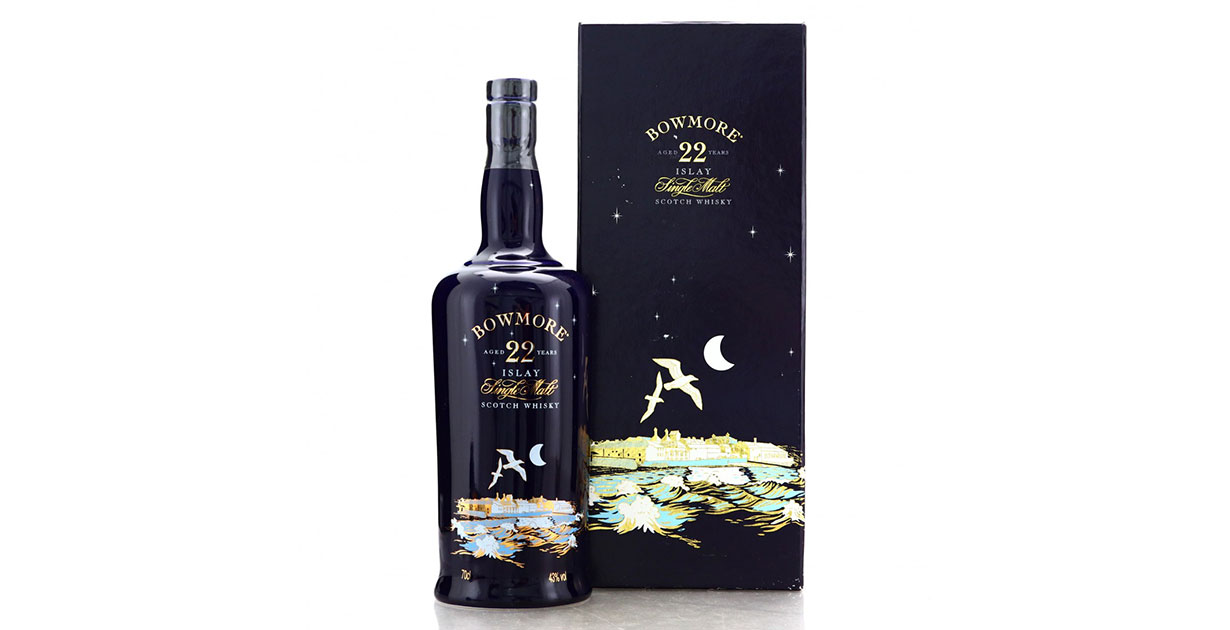
Given the stories about where Islay got its name, it should come as no surprise that the island is rich with myths, legends, and Scottish folklore.
Some such legends have served as inspiration for a number of releases by Islay’s whisky distilleries. The Bowmore 25 Year Old The Gulls is one such whisky. The whisky calls back to early Scottish history, when Scots traveled to the west coast of Scotland to create the new Kingdom of Dalriada-in-Alban. The local Pictish and Brythonic peoples resisted. In the midst of the battles, a Pictish princess fell in love with one of the Scottish warriors, and, to escape the conflict, they fled west to Islay. Upon arrival a terrible storm caused them to crash. When a search party was launched and landed on Islay there were no signs of the young couple. Save for two white gulls flying over Loch Indaal.
4. The first spirit safe was installed and used at Port Ellen Distillery, before being adopted by HMRC
The first spirit safe was in use at Port Ellen years prior to the Excise Act after being invented by a man named James Fox. The initial purpose was to allow distillers to analyse and control the quality of the liquid. Soon, however, the spirit safe would have an additional purpose.
Following the 1823 Excise Act, spirit safes were used by HMRC and excise officers to ensure that every drop of alcohol produced at a distillery was properly taxed and accounted for. In the early days of legal distilling, before the mass granting of distilling licenses, a customs officer at the distillery held the only key to the spirit safe and kept a watchful eye on the entire process.
As such, James Fox’s helpful invention for the industry also became a tool for control by HMRC. Today, many spirit safes are no longer in use at Scottish distilleries, but remain as a homage to distilling years gone by.
5. Islay is renowned for its peaty whiskies
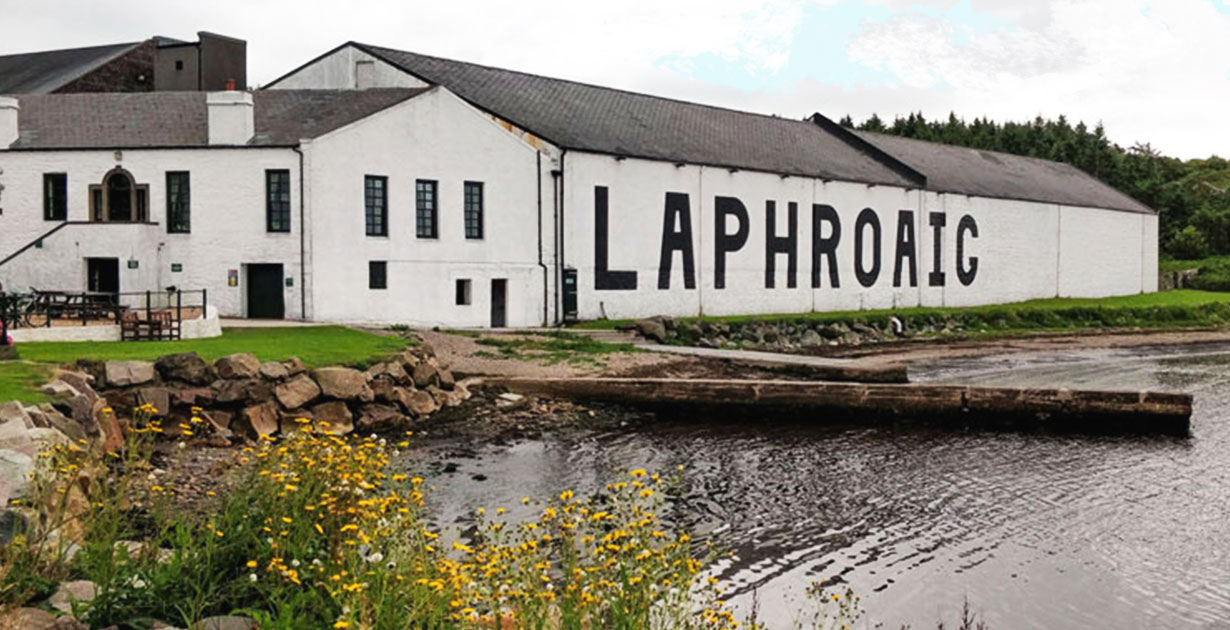
Peat is a dense material that is formed over thousands of years when layers of vegetation and compressed and decayed. The result is something called a peat bog. Peat can be extracted from the land for use in agriculture (one of the most important industries on Islay). It is also, famously, used in the whisky-making process at many Islay distilleries.
Distilleries such as Bruichladdich (Port Charlotte), Ardbeg, and Laphroaig dry their barley with the aid of peat smoke, imparting an intense and smoky flavour onto the whisky. This is something for which Islay has become famous. Combined with the salty sea air that permeates casks as they mature, peat smoke gives many Islay whiskies a very distinctive profile.


